Top Things to Know Before Buying Plant Stands for Indoor Plants

Top Things to Know Before Buying Plant Stands: Measure Your Space, Consider Weight Capacity, Opt for Durable Materials, Choose Adjustable Stands, Check Stability, Match Your Decor, Ensure Drainage
Choosing the right plant stand is crucial for the health and aesthetics of your indoor plants. Here are some top things to consider before making your purchase:
1. Measure the Available Space: Before heading out to shop, measure the area where you plan to place the stand. This will help you determine the appropriate size and shape to fit your space effectively. Consider the height and width of the stand, as well as the overall footprint.
2. Weight Capacity:

Measure Up: Choosing the Right Size Plant Stand for Your Space
Choosing the right size plant stand is crucial for maximizing space and showcasing your plants effectively. Before you head out to buy, measure the available space where you plan to place the stand. This simple step will save you time and potential disappointment later.
Consider the dimensions of the plant stand itself, including its height, width, and depth. Leave some buffer room around the stand for easy access and visual balance.
If you're planning on placing multiple stands, make sure there's enough space between them to prevent overcrowding and allow for adequate airflow. Overcrowding can hinder plant growth and lead to problems like pests or fungal diseases.
When measuring, think about the final look you want to achieve. Do you want a statement piece that takes center stage or a subtle addition that blends seamlessly with your decor?
By taking accurate measurements and considering the overall aesthetic, you can choose a plant stand that's perfect for your space and helps you create a thriving indoor jungle.
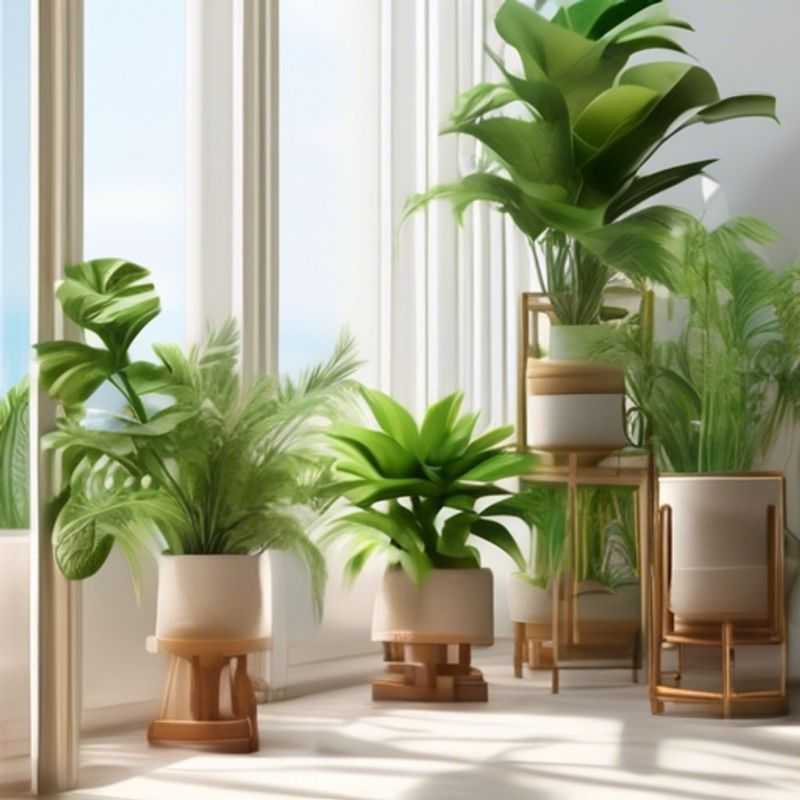
Plant Stand Strength: Choosing a Stand That Can Handle the Load
When choosing a plant stand, it's crucial to consider the weight capacity to ensure it can safely support your plants. This is especially important for larger plants and those in heavy pots.
To determine the weight capacity, check the product description or specifications provided by the manufacturer. This information is usually available on the product packaging or online retailer's website. If unsure, it's best to err on the side of caution and choose a stand with a higher weight capacity.
Tip: Weigh your plants and pots before purchasing a stand to ensure the stand can handle the combined weight.
Overloading a stand can lead to instability, tipping, and potentially damaging your plants or causing injury. Choosing a stand with an appropriate weight capacity ensures the safety and stability of your plants.
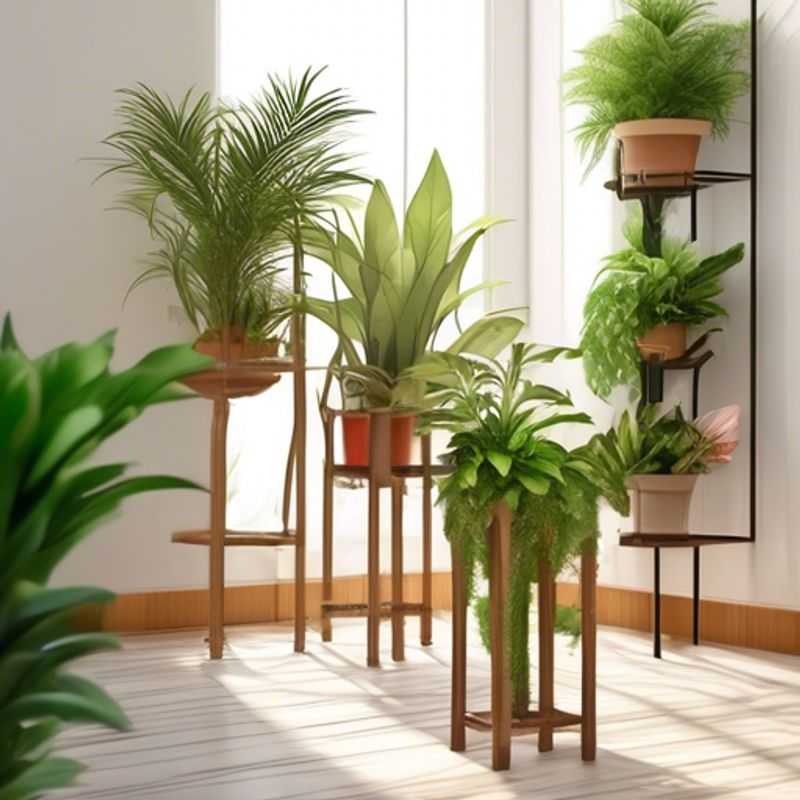
Choosing Durable Stands: Metal and Wood for Moisture Resistance
When selecting a stand, prioritize durability. Metal and wood are excellent choices as they can withstand moisture, ensuring longevity. Consider the stand's purpose: if it's for indoor use, a wooden stand might be aesthetically pleasing. If it's for outdoor use, metal is often more resistant to weather elements.
For added protection, consider stands with a powder-coated finish, which can further resist moisture and corrosion. When purchasing, inquire about warranties and maintenance instructions, as this can significantly impact the stand's lifespan.
While cost is a factor, remember that a well-made stand is an investment. A quality stand will require less maintenance and last for years, potentially saving you money in the long run. Invest in a stand that's sturdy, reliable, and suitable for your needs.
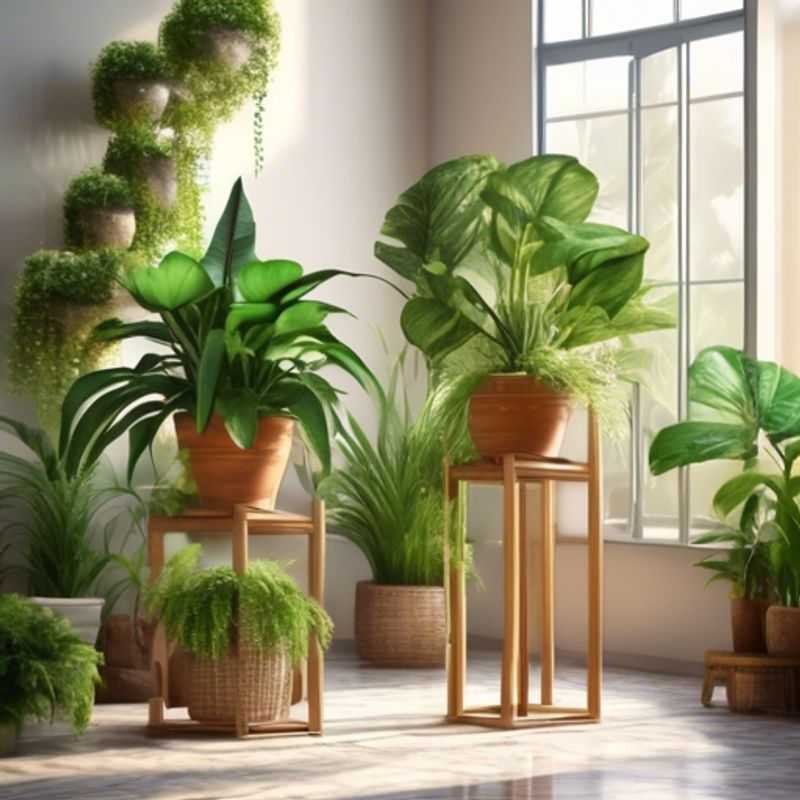
Go Vertical: Adjustable Stands for Plants of All Sizes
When designing your plant display, consider opting for adjustable or multi-tiered stands. These offer a practical solution for accommodating plants of varying sizes. The adaptability allows for creative arrangements while ensuring each plant receives adequate sunlight. Adjustable stands provide flexibility in height, letting you customize the display to fit your space and plant growth. Multi-tiered stands maximize vertical space, allowing for more plants in a limited area, which is particularly helpful for small spaces.
While these stands can be purchased, consider building your own using readily available materials. This can be a cost-effective option, allowing you to customize the design and size to your specific needs. If purchasing, consider the materials and construction quality to ensure durability and stability, especially for heavier plants.
When choosing a stand, consider the weight and size of your plants. Heavy plants require a sturdy stand, while lighter plants can be supported by more delicate structures. Ensure the stand is placed on a level surface to prevent tipping and potential damage to your plants.
To enhance visual appeal, incorporate different stand sizes and materials. This adds depth and interest to your plant display. Explore options like wooden stands, metal frames, or even repurposed items like ladders or crates for unique and cost-effective choices.
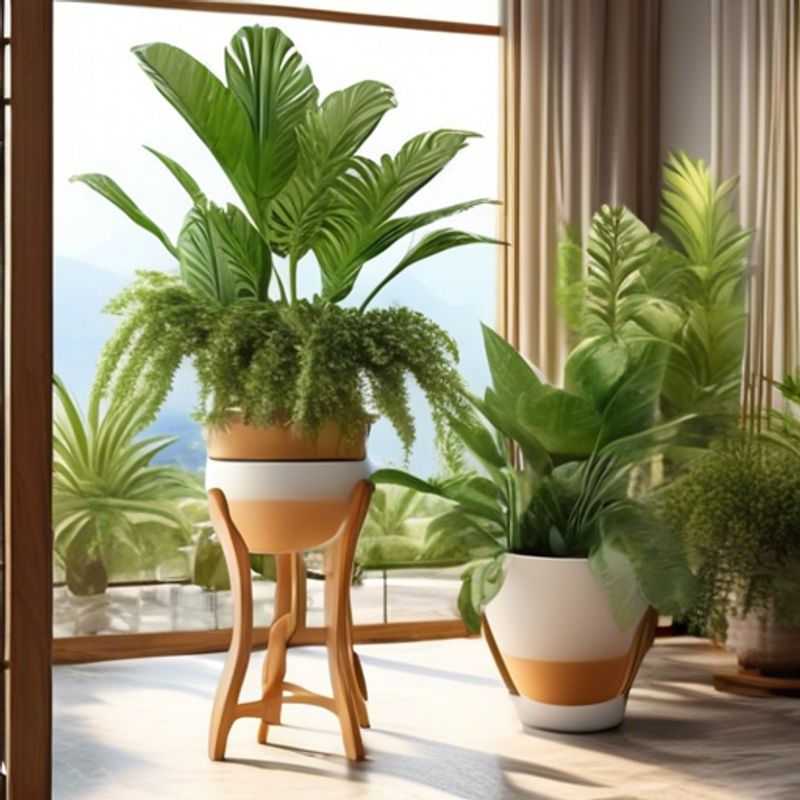
Stand Stability: How to Prevent Tip-Overs and Ensure Safety
Ensuring the stability of a stand is crucial to prevent tipping over and potential accidents. Here's a quick guide for evaluating stand stability:
1. Center of Gravity: The lower the center of gravity, the more stable the stand. This is especially important for stands holding heavy objects.
2. Base Size: A wider base provides greater stability. Consider the weight of the object and the size of the stand's base.
3. Weight Distribution: Ensure the weight is evenly distributed across the base. Avoid placing heavy objects at the edge of the stand.
4. Material and Construction: Stands made from strong materials like metal or sturdy wood offer better stability compared to lightweight materials.
5. Tip Test: Gently push or pull the stand to check its resistance to tipping. If it wobbles easily, consider adjustments to its base or weight distribution.
6. Anti-Tip Devices: Some stands come with anti-tip devices like straps or brackets. These can provide additional stability, especially for stands carrying heavy loads.
7. Regular Inspections: Periodically check for any signs of wear or damage on the stand and its components.
Remember, safety comes first! If you have any concerns about the stability of a stand, it's better to err on the side of caution and seek professional advice.
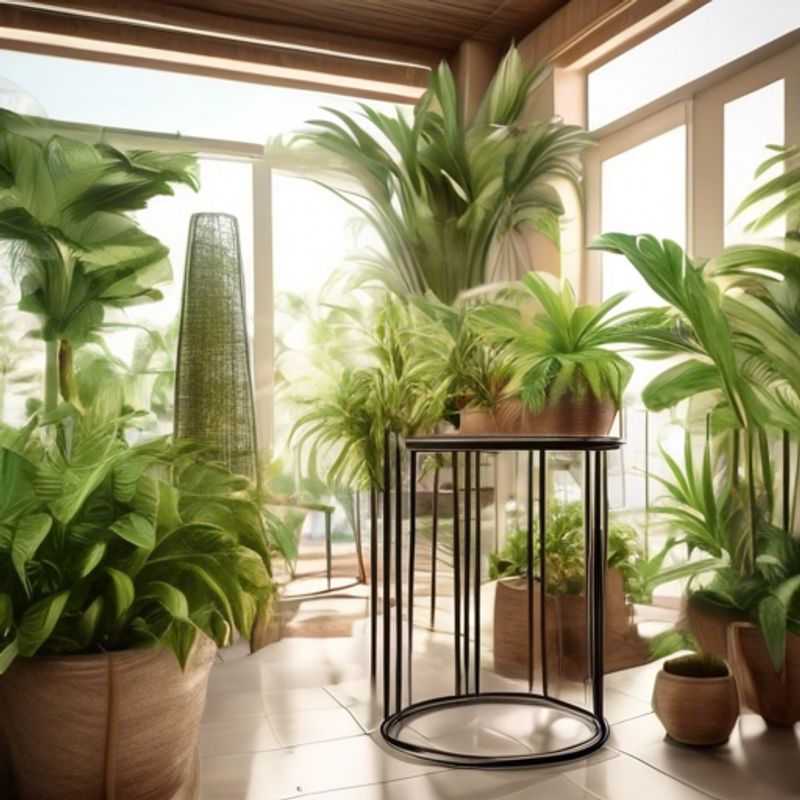
Choosing the Right Stand: Matching Style to Your Home Decor
When choosing a stand, think about how it will blend with your existing decor. Consider the style of your furniture, the colors in your room, and the overall ambiance you're trying to create. A stand that complements your home decor will enhance its beauty and create a cohesive look.
For example, if your home has a minimalist style, a sleek, modern stand with a clean finish would be a good choice. If you prefer a more traditional look, a stand with intricate carvings or a distressed finish might be more suitable.
The finish and design of a stand can also have a significant impact on the overall feel of a room. For example, a stand with a glossy finish can add a touch of elegance, while a matte finish can provide a more understated look. Consider the lighting in your room when choosing a finish, as different finishes will reflect light differently.
In addition to style, consider the material of the stand. A stand made from natural materials like wood or metal can add warmth and character to a space, while a stand made from synthetic materials can be more durable and easier to clean.
Finally, don't forget about the practical aspects of your stand. Consider the size of the stand, the weight it can hold, and the storage space it offers. A stand that is too small or too large can be impractical, and a stand that is not sturdy enough can be dangerous.
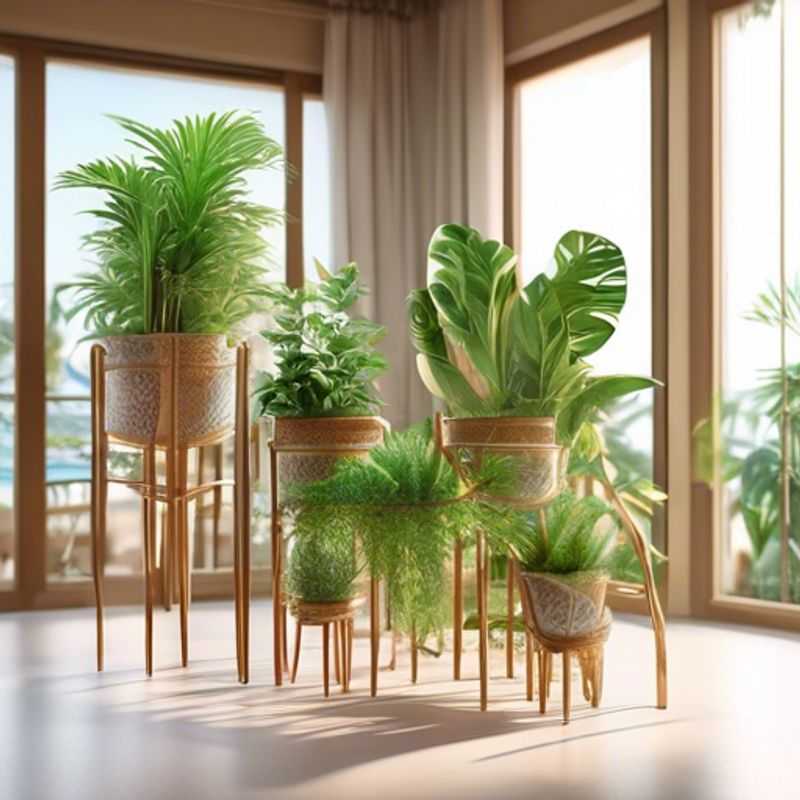
Prevent Waterlogging: Ensuring Proper Drainage for Your Plants
Ensuring proper drainage for your plant stand is crucial for maintaining the health of your plants and preventing waterlogging. Waterlogging occurs when soil remains saturated with water, depriving roots of oxygen and leading to root rot.
To ensure proper drainage, consider these tips:
**1. Elevated Stand:** Choose a plant stand with a raised base to allow for airflow and drainage. This prevents water from pooling around the base of the pots.
**2. Drainage Holes:** Ensure your plant pots have drainage holes at the base to allow excess water to escape.
**3. Drainage Tray:** Place a drainage tray beneath your plant stand to collect excess water. Empty the tray regularly to prevent stagnant water.
**4. Gravel Layer:** Adding a layer of gravel to the bottom of your pots can help improve drainage.
**5. Inspect Regularly:** Regularly inspect the soil in your pots to ensure it's not overly saturated. If the soil is consistently wet, adjust your watering schedule or consider using a different potting mix.
**6. Avoid Overwatering:** One of the most common causes of waterlogging is overwatering. Allow the soil to dry slightly between waterings.
By following these tips, you can create a healthy environment for your plants and prevent waterlogging, ensuring their continued growth and vitality.
